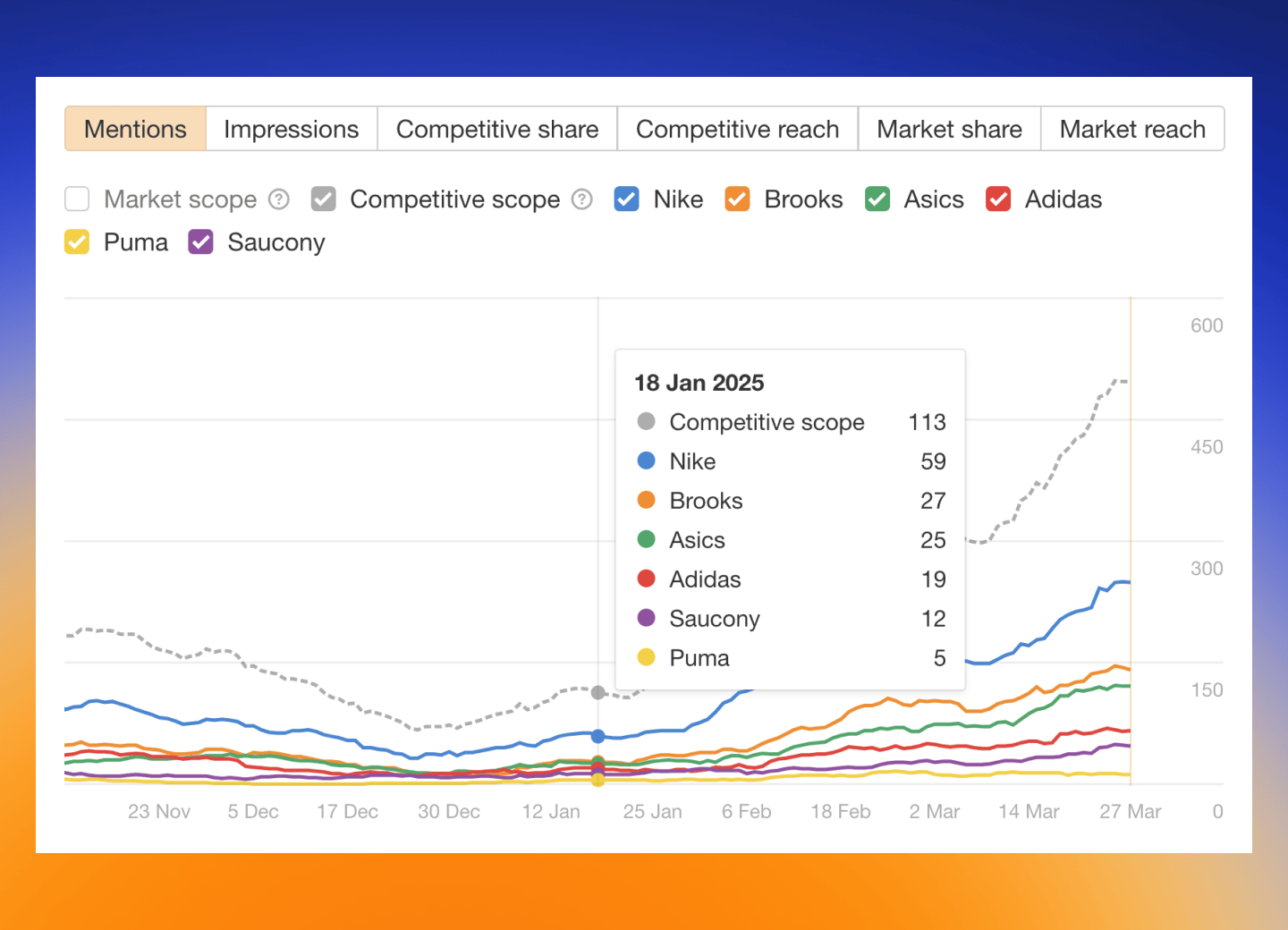Ahrefs AI
—your marketing tasks, on autopilot
We built AI into every corner of Ahrefs to do the heavy lifting, so you can focus on strategy and creativity.
We’ve put AI in Ahrefs—literally.
Our in-house infrastructure powers LLMs and enhances data with AI—so you can turn raw data into clear, actionable results.
Yep1
#34
1/ keyword research, 2/ content creation, 3/ brand tracking, 4/ technical SEO, and 5/ localization—all in one powerful platform.
Turn keyword data into content wins. Let AI discover high-value topics and decode search intent, saving you hours of manual research.
AI keyword suggestions
Use the 10+ presets to uncover hidden keyword opportunities from a single seed keyword. Localize your research by generating keyword ideas in 173+ languages.
AI search intents
Understand the 'why' behind every search. See the percentage of traffic going to each search intent for a target keyword and cover each content angle proportionally.
Don’t just create content. Use AI to help craft high-quality, SEO optimized articles that rank — at scale.
AI Content Helper
Rely on a powerful AI writing assistant to get from idea to top-ranking articles—in a fraction of the time.
AI Content Inventory
Audit your content to identify under-performing articles, outdated pages, and high-potential opportunities.
Build your brand everywhere people search. Track brand mentions in AI, gauge brand search demand, and turn insights into growth.
Brand Radar
Discover what LLM chatbots say about your brand, reach new audiences, and turn AI search into your next growth channel.
Benchmark brand performance
Track your brand’s AI search visibility against competitors and gauge your market share.
Find and fill AI visibility gaps
Uncover topic gaps where your brand isn’t visible and work your way into AI-summaries.
Get ahead of AI trends
Position your brand around core topics that trigger AI-generated search results.

Available for all major chatbots
AI Citations
See which keywords trigger AI-generated summaries. Use these insights to secure top visibility early on.


